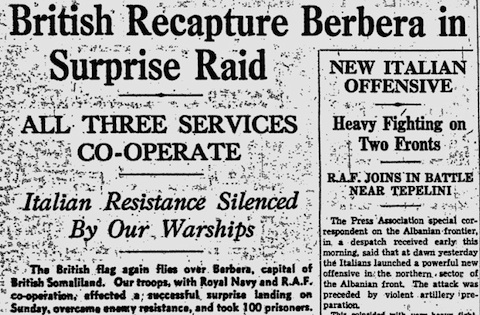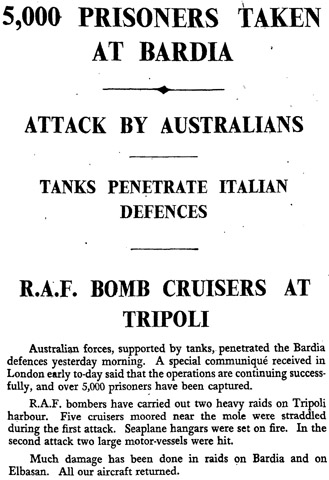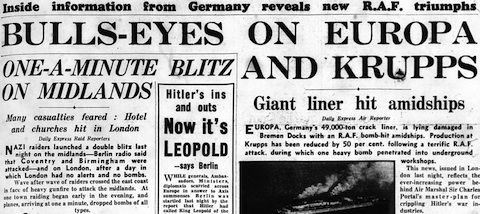Defending and making Willunga
A belated Anzac Day post. Willunga is a small town in South Australia, not far south of Adelaide, not far from the coast. It was settled by Europeans in 1839, only a couple of years after the colony itself was established. It was a farming area, cattle mostly, and slate quarrying soon became an important […]




